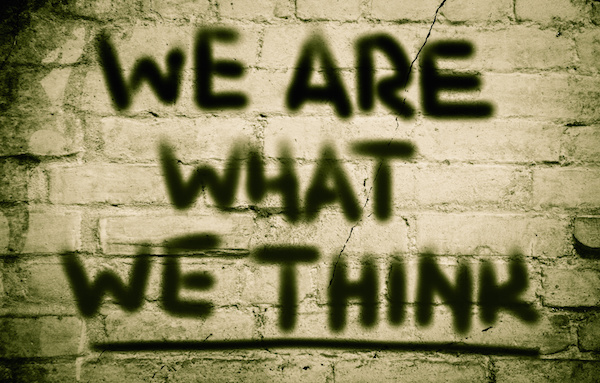
THURSDAY, Sept. 29 (HealthDay News) — Using Twitter to track people’s moods from every corner of the globe, new research suggests that folks seem to awaken in good cheer and get grumpier as the workday progresses, regardless of where they live.
The novel study by Cornell University social scientists monitored the attitudes of 2.4 million people in 84 countries over two years, finding that work, sleep and amount of daylight help shape cyclical emotions such as delight, distress, enthusiasm and anger. Two daily peaks of positive attitudes recorded by “tweets” on the social networking website — in early morning and near midnight — indicated that work-related stress may also play a role in mood, the study authors said.
“Not a large proportion of sociologists see the Internet as being a source of social science data, but I really think it’s a playground for the social sciences,” said study co-author Scott Golder, a doctoral student in sociology. “For generations, social scientists have wanted to know how entire societies work, or how relationships patterned over time, which are all hard to do [on a large] scale. That proved extraordinarily difficult until the Internet.”
The study is published Sept. 29 in the journal Science.
Tracking tweets with language monitoring software, Golder and co-author Michael Macy, a professor of sociology, observed that positive tweets were more abundant on weekends — and delayed by two hours, suggesting people slept later — whether the weekend was defined as Saturday and Sunday or another two-day stretch. For example, the traditional work week in the United Arab Emirates runs from Sunday through Thursday, where positive tweets and late-morning mood peaks were more prevalent on Fridays and Saturdays.
The 509 million tweets used in the study were sorted to gauge “positive affect” such as alertness, enthusiasm or activeness, or “negative affect” such as distress, fear, guilt, anger or disgust. The Twitter entries were time-stamped and posted in “real time,” so they were likely to more accurately represent people’s moods than recollections based on memory or extracted by interviewers, Golder said.
“We see the same daily rhythm across seven days, which suggests something more fundamental going on, such as biological or circadian rhythms,” Golder said. “We also saw the same basic pattern all across the globe. We are all human beings and subject to [the] same psychological factors, we’re all refreshed by sleep, and this is something that is just part of us.”
Sonja Lyubomirsky, a professor of psychology at University of California, Riverside, said the study innovatively used technology to monitor people’s moods and “gets at some questions we wouldn’t get at” by following millions of people.
However, while Twitter boasts about 175 million account users, that’s still a small number worldwide, Lyubomirsky said, and isn’t a representative sample of adults.
“It’s very descriptive and a nice use of new methodology,” she said, “but it’s not revolutionary.”
Golder agreed that study participants didn’t represent a random sample, since Twitter users tend to be younger, highly educated and slightly more affluent.
“It’s important to remember that even though the Internet is largely mainstream, large groups don’t have access to it or use certain aspects of it,” he said. “And we’re only measuring what people tweet about . . . they’re much more likely to tweet about making coffee than using the bathroom.”
More information
Learn more about Twitter at the site’s help center.

